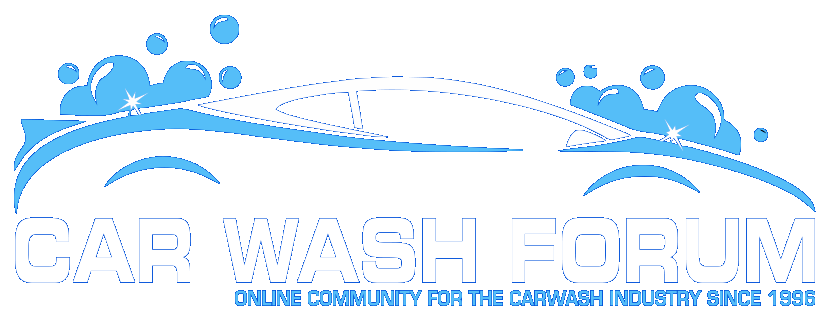Operators change wash process for different reasons.
For example, a convenience store and gas chain may switch due to competitive pressure from exterior express or to reduce operating expenses to improve profitability.
Friction uses less chemical, energy and water than touchless.
Some operators will target a different market segment by adding a second in-bay (friction) and retain touch-less unit.
Since there may be no material difference in hourly capacity between touch-less and friction in-bay, revenue generation is more important than volume.
For example, friction in-bay can produce hand-finished qualities (i.e. foam brushes, polish/wax) and a cleaner car leads to a drier car.
This value-added supports higher price points and average per car revenue.
Higher average sales minus lower operating expense equal greater profit.
Mini-tunnel has more requirements than in-bay. Principal reason is cost, at least $250K.
For example, if $125K in-bay needs 12,000 cars per year (38 a day) to make adequate return, mini-tunnel needs 24,000 cars (77 a day).
36,000 cars a year would be a sweet spot. However, this requires labor.
So, I like to see traffic of at least 20,000 (annual average daily traffic).

